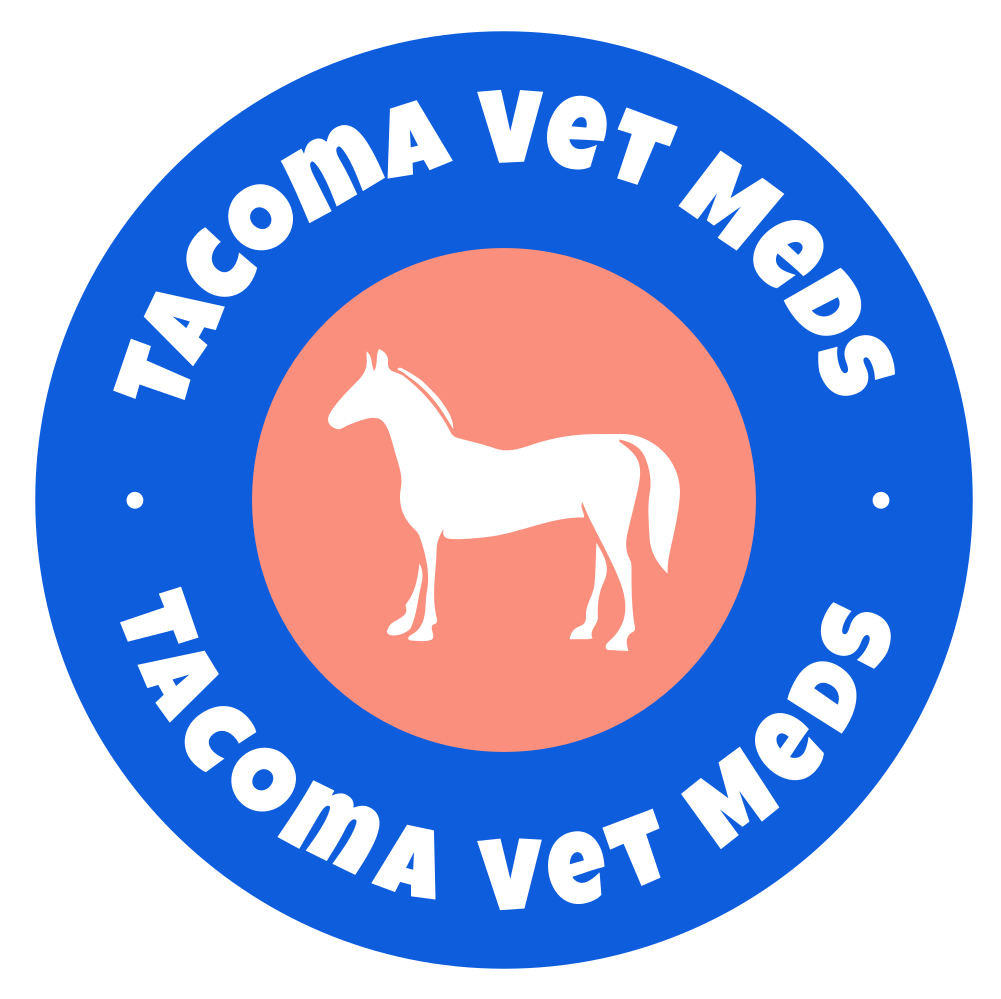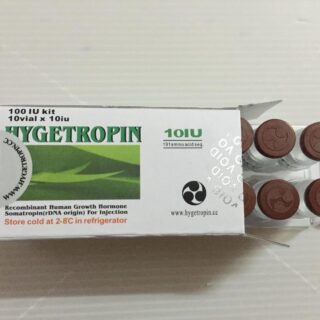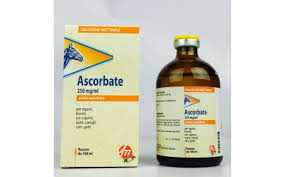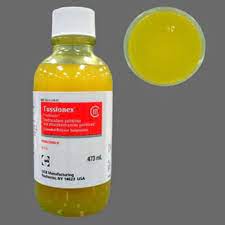Dehydration in Working Camels: How to Spot and Prevent It
Preventing dehydration in camels. Camels are famously known as the “ships of the desert,” but even they can suffer from dehydration, especially when working under intense heat and pressure. Whether they are used for transport, racing, or agriculture, working camels need proper hydration to maintain health and performance.
In this guide, you’ll learn how to spot the early signs of dehydration, the risks it poses, and how to prevent it using practical methods and vet-approved supplements.
Why Dehydration Happens in Camels | Preventing dehydration in camels
Despite their impressive water conservation ability, camels can become dehydrated due to:
-
Long working hours in high temperatures
-
Lack of clean, accessible water
-
Illness (e.g., diarrhea, fever)
-
Poor diet or electrolyte imbalance
-
Stress from transport or overexertion
Dehydration isn’t just a summer issue—it can happen year-round, especially in arid or semi-arid regions.
Signs of Dehydration in Camels
Knowing the warning signs can help you act early:
Early Signs:
-
Dry, sticky gums
-
Decreased skin elasticity (slow skin pinch recovery)
-
Sunken eyes
-
Reduced appetite
-
Thick or decreased saliva
-
Less frequent urination or dark-colored urine
Severe Signs:
-
Weakness or lethargy
-
Rapid breathing
-
High body temperature
-
Collapse or inability to stand
-
Shock (in extreme cases)
Pro Tip: You can check hydration levels with a skin pinch test or by gently pulling the lower eyelid to assess moisture.
How to Treat Dehydration in Camels
Immediate treatment is crucial to prevent organ damage or death.
1. Oral Electrolyte Solutions
Offer a balanced mix of sodium, potassium, chloride, and glucose.
Shop Camel Electrolytes
Look for products formulated for large animals or consult your vet for dosage.
2. IV Fluid Therapy (Severe Cases)
When oral hydration is not enough or the camel cannot drink:
-
A veterinarian may administer IV fluids or subcutaneous saline.
-
Monitor body temperature and heart rate closely.
3. Anti-inflammatory Medications
In cases where fever or infection contributes to fluid loss:
-
Flunixin Meglumine or Meloxicam may be prescribed.
How to Prevent Dehydration in Working Camels
1. Ensure Constant Access to Water
Camels can drink up to 40 liters at once. Make water easily available before and after work sessions.
2. Schedule Work During Cooler Hours
Early morning or evening work helps reduce heat stress.
3. Use Electrolyte Supplements
During hot seasons or after long journeys, give oral electrolytes to help balance fluid levels.
See Camel Supplements
4. Offer Shade and Rest
Allow regular breaks and shelter from intense sunlight.
5. Monitor Health Regularly
Check for signs of fever, infections, or other illnesses that may increase fluid loss.
Best Medications and Supplements for Camel Hydration
-
Camel Electrolyte Powder – Replenishes lost minerals and supports recovery
-
Flunixin Meglumine – Reduces fever and inflammation
-
Multivitamin Injections – Boosts energy and immune response
-
Oral Rehydration Gel – For easy administration in the field
Explore all camel medications here:
🔗 View Camel Health Products
External Resource
For further reading, refer to this scientific review on camel hydration:
Camel Water Management – FAO (Food and Agriculture Organization)
Final Thoughts
Dehydration in camels is preventable—but only if you know the signs and take timely action. Working camels are valuable animals that thrive with proper care. Keep electrolytes, hydration support, and anti-inflammatory meds on hand, especially during the hottest months.
At Tacoma Vet Meds, we’re here to support camel owners and breeders with trusted, affordable solutions.
Contact us if you need help choosing the right treatment or supplements.








Leave a Reply